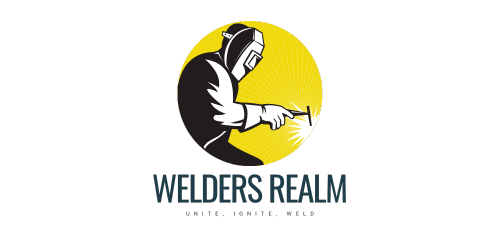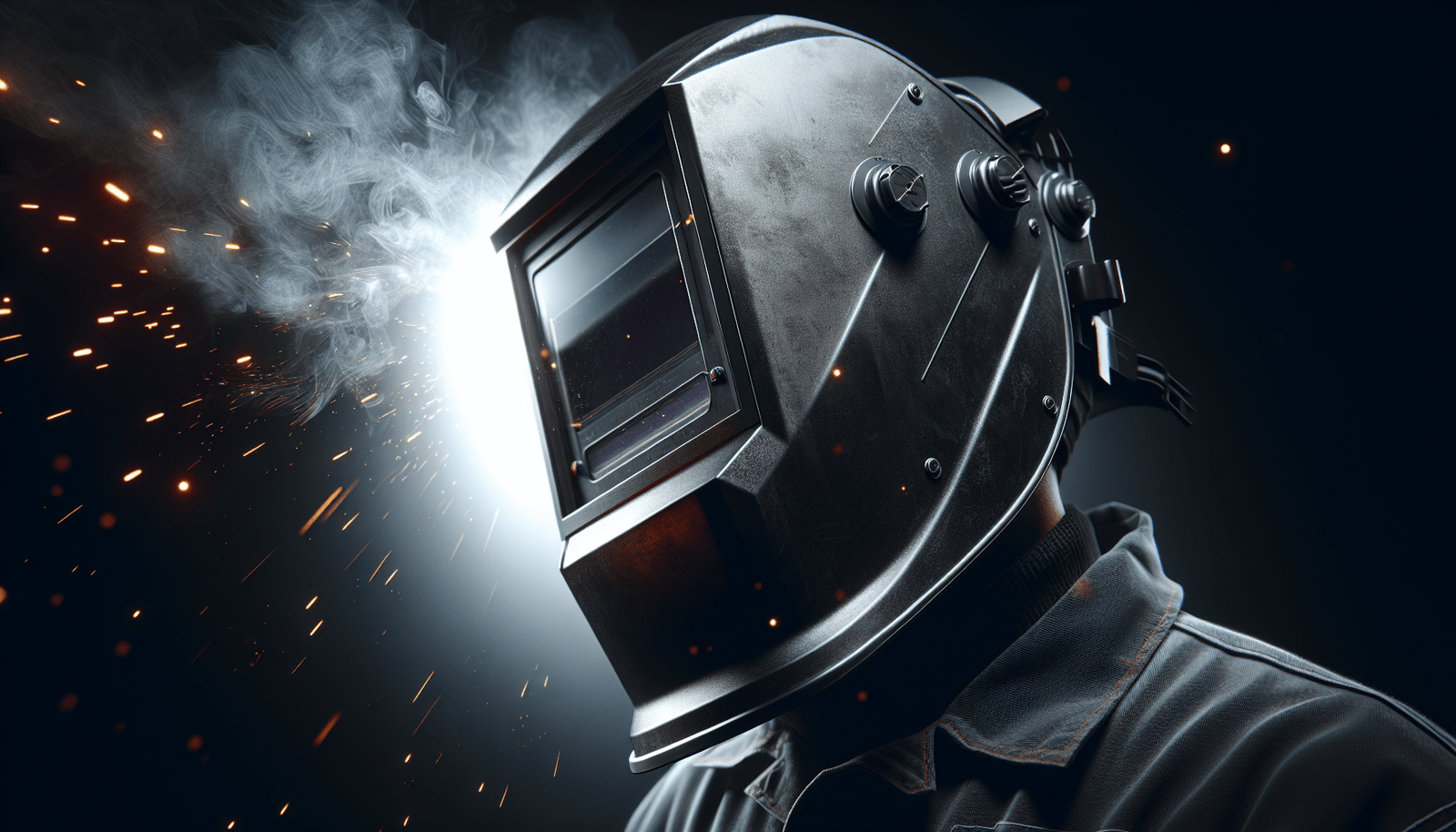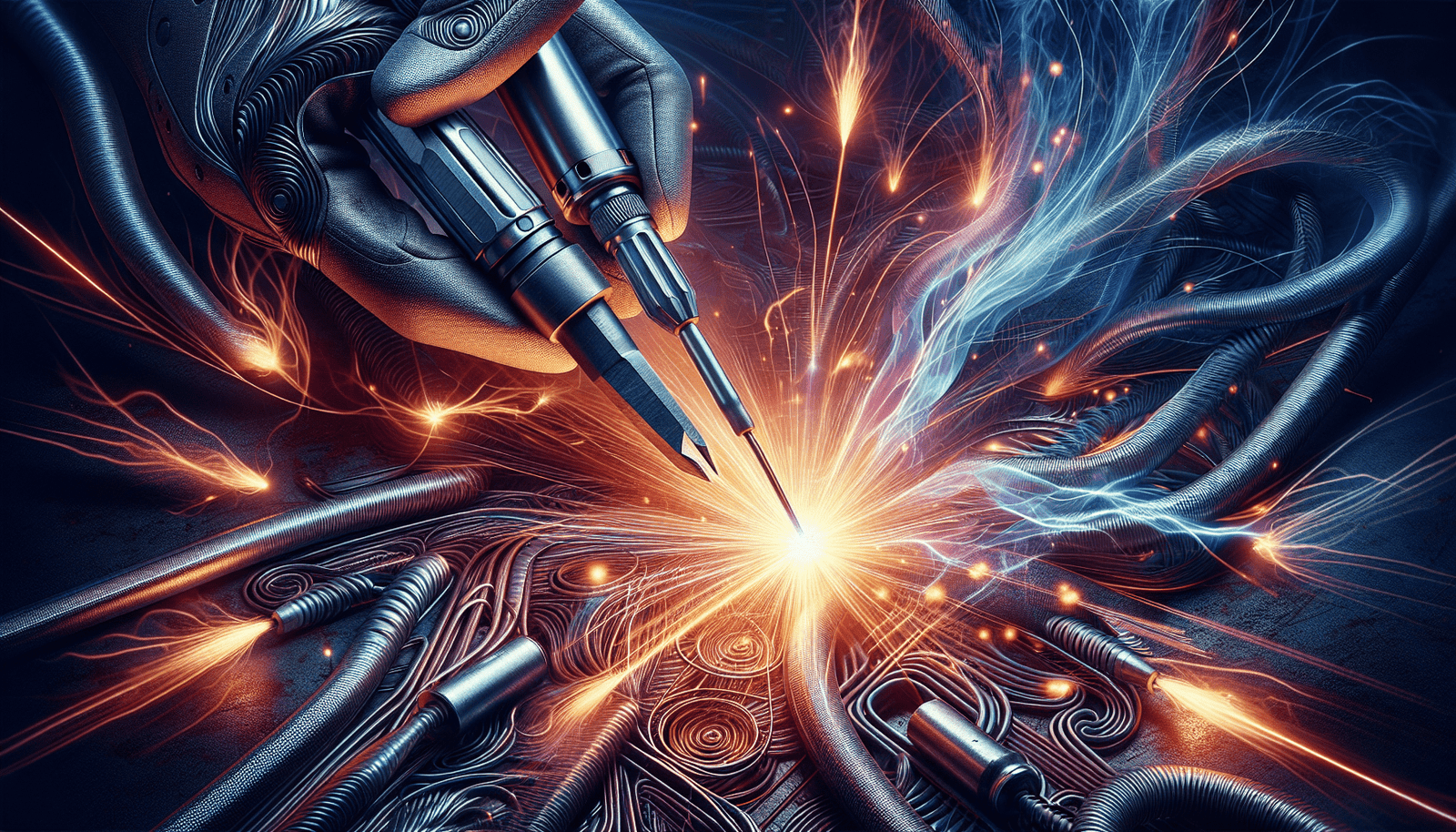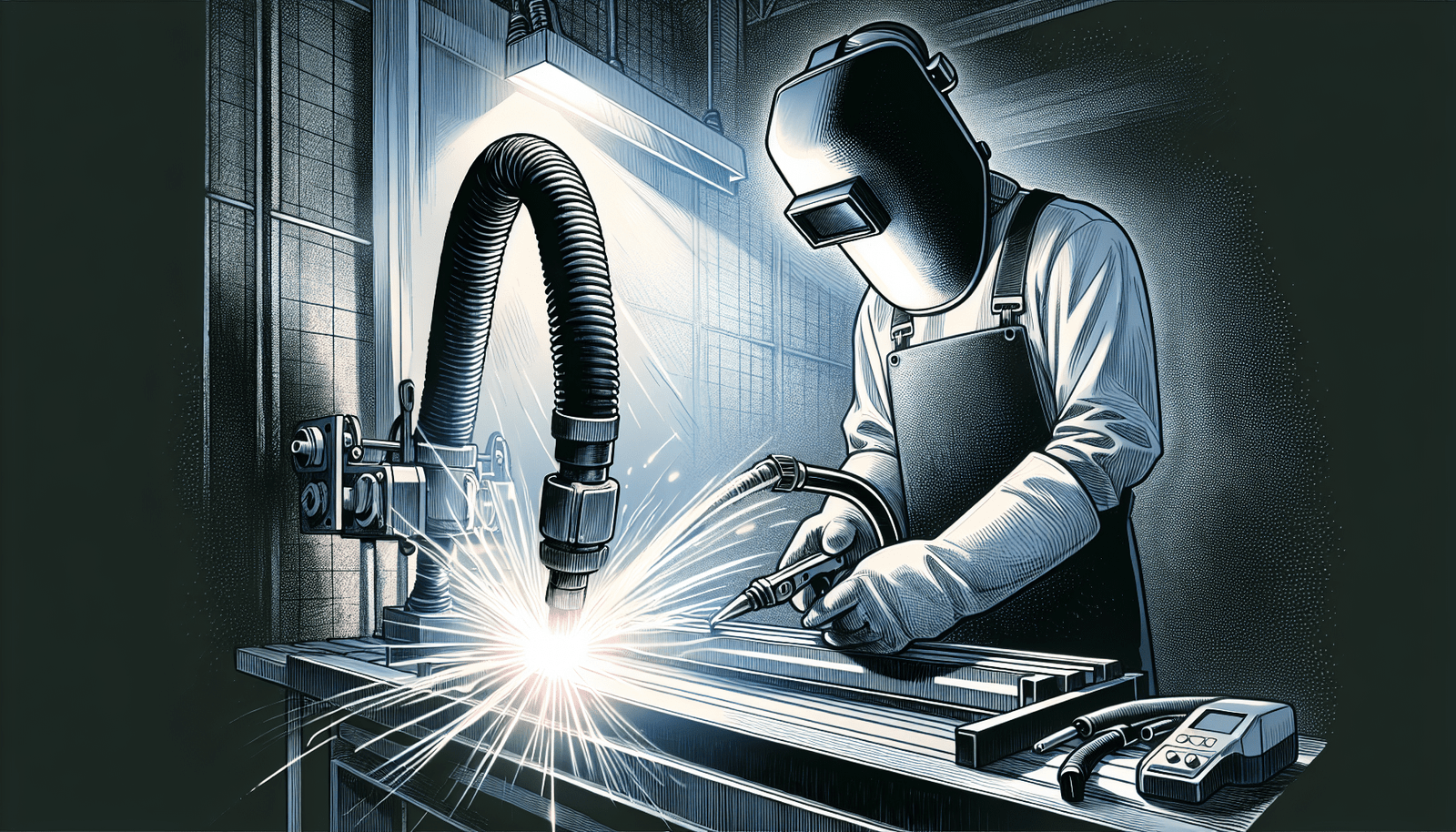Whether you’re a seasoned welder or just starting out, choosing the right welding electrode is crucial for achieving a strong and reliable weld. With so many options available, it can be overwhelming to know which one is best suited for your specific welding project. That’s why we’re here to help! In this article, we’ll provide you with valuable tips and insights on how to make the right choice when it comes to selecting the perfect welding electrode. So let’s dive in and discover the key factors to consider, ensuring your welding results are nothing short of exceptional.
How To Choose The Right Welding Electrode
Understanding the Basics of Welding Electrodes
Welding electrodes play a crucial role in the welding process. But what exactly is a welding electrode? In simple terms, it is a metal wire or rod that conducts electricity and provides the necessary filler material for a weld joint. These electrodes are consumable, meaning they are gradually consumed as they melt during the welding process. The choice of welding electrodes depends on various factors, such as the material to be welded, the welding process, electrode coating, power source, and electrode size. Let’s delve deeper into each of these factors.
Identifying the Material to be Welded
Before choosing a welding electrode, it is essential to identify the material you will be welding. Common materials used in welding include carbon steel, stainless steel, aluminum, and cast iron. Each of these materials has different properties and requires specific electrodes for optimal results. For instance, carbon steel generally requires electrodes with a mild steel core, while stainless steel requires electrodes with a higher content of chromium and nickel to provide corrosion resistance. Understanding the properties of the material to be welded is crucial in selecting the right welding electrode.
Factoring in the Welding Process
Different welding processes, such as Shielded Metal Arc Welding (SMAW), Gas Metal Arc Welding (GMAW), and Flux-Cored Arc Welding (FCAW), require specific types of electrodes. SMAW, also known as stick welding, uses a coated electrode that provides both the filler material and the shielding gas. GMAW, on the other hand, uses a solid wire electrode and an external shielding gas. FCAW, similar to GMAW, uses a tubular electrode filled with flux. Understanding the welding process you will be using is crucial in selecting the appropriate electrode.
Regarding Electrode Coating
The coating on a welding electrode is more than just a protective layer. It serves multiple purposes, including stabilizing the arc, providing additional alloying elements, and shielding the weld pool from contaminants. There are various types of electrode coatings, such as rutile, cellulose, and basic. Rutile coatings are commonly used in general-purpose welding applications, while cellulose coatings are ideal for deep penetration. Basic coatings, on the other hand, are excellent for welding steels with high sulfur or phosphorous content. The choice of electrode coating depends on the specific requirements of the welding application.
Power Source and Polarity
The type of power source used in welding can also influence the choice of electrode. Common welding power sources include direct current (DC) and alternating current (AC). DC welding machines are often used for welding applications that require more control and stable arcs. AC welding machines, on the other hand, are commonly used for welding thick sections. The polarity of the power source is also important to consider. Depending on the welding process and material being welded, you may need to choose between straight polarity (DCEN) or reverse polarity (DCEP). Different types of electrodes are suitable for each polarity, and selecting the right one is crucial for achieving the desired results.
Electrode Size and Amperage
The size of the welding electrode and the corresponding amperage play a vital role in weld quality. The electrode size determines the amount of current that can be carried, while the amperage determines the heat input into the weld. Choosing the right electrode size and amperage is crucial to achieve proper penetration and fusion. Generally, smaller electrode sizes are suitable for thinner materials, while larger electrode sizes are used for thicker materials. It is essential to consult electrode manufacturers’ recommendations to determine the appropriate electrode size and amperage for your welding application.
Welding Position
Different welding positions, such as flat, horizontal, vertical, and overhead, require specific techniques and electrode selection. Each welding position presents unique challenges, such as gravity affecting the weld pool, and it is important to choose the right electrode to overcome these challenges. Electrodes with specific designations, such as vertical-up or overhead, are designed to provide better control and produce quality welds in challenging positions. Consider the welding position when selecting the appropriate electrode to ensure optimal results.
Knowing Electrode Specifications
Understanding electrode classification numbers can be overwhelming at first, but it is essential to choose the right electrode for your welding application. Electrode specifications consist of a four- or five-digit number that provides information about the electrode’s characteristics. The first two digits often indicate the minimum tensile strength of the weld metal, while the third digit indicates the welding position. The fourth and fifth digits, if present, provide additional information, such as coating type or current characteristics. By decoding these specifications, you can select the right electrode that meets the requirements of your welding project.
Storage and Handling of Welding Electrodes
Proper storage and handling of welding electrodes are vital for maintaining their performance. It is recommended to store electrodes in a dry environment, protected from moisture and extreme temperatures. Moisture can negatively affect the quality of the coating, leading to welding defects. Additionally, electrodes should be handled with clean gloves to prevent contamination. It is crucial to follow the manufacturer’s guidelines for storage and handling to ensure the electrodes perform optimally and produce high-quality welds.
Safety Precautions and Environmental Factors
When working with welding electrodes, safety should be a top priority. It is important to follow key safety guidelines to protect yourself and others from potential hazards. This includes wearing appropriate personal protective equipment (PPE), such as welding helmets, gloves, and safety glasses. Welding also produces fumes and gases that can be harmful, so adequate ventilation or respiratory protection should be used to minimize exposure. Environmental factors, such as wind or rain, can also affect the welding process. It is crucial to consider these factors and make necessary adjustments to electrode selection and welding techniques to ensure workplace safety and optimal welding results.
Choosing the right welding electrode may seem overwhelming at first, but by understanding the basics and considering various factors, you can make informed decisions. Remember to identify the material to be welded, consider the welding process, electrode coating, power source and polarity, electrode size and amperage, welding position, electrode specifications, storage and handling practices, safety precautions, and environmental factors. By taking these factors into account, you can select the most suitable welding electrode for your specific application, leading to successful welding and high-quality results. Happy welding!




